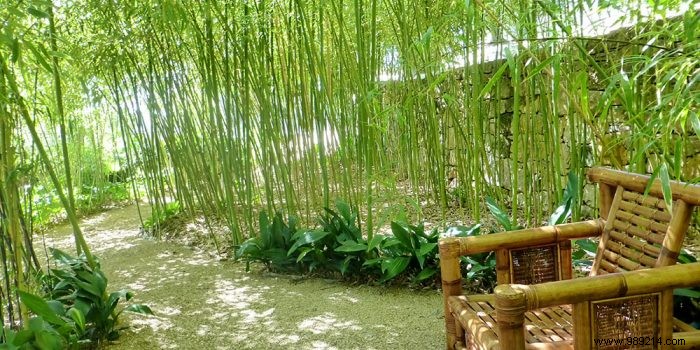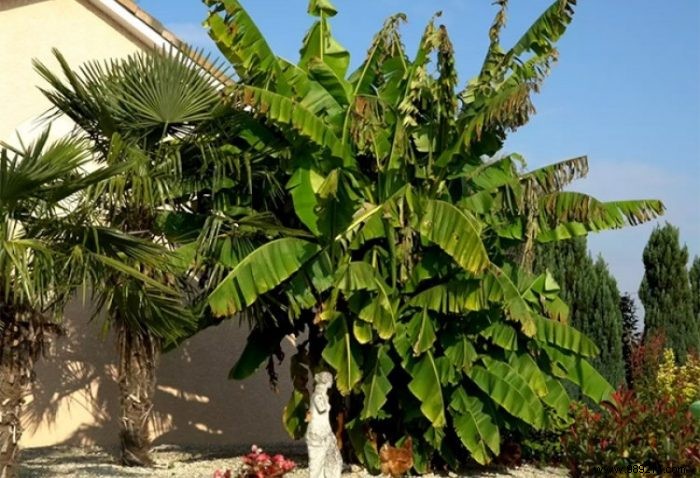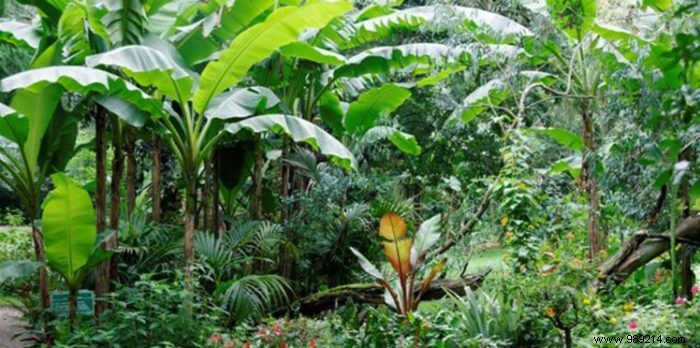
The exotic touch is a good idea to embellish your vast garden and bring a holiday feel to it all year round. However, you have trouble choosing the plants you need with all that exists on the market?
Follow our expert advice to create a real little corner of exotic paradise in your home.

Bamboo is part of the list of the most famous exotic plants. Originally from northern India and southern China, it comes in several varieties and species, or about 80 specimens.
The most spectacular is the Phyllostachys bambusoides or the giant bamboo. This plant can reach 18 to 20 m in height for culms 8 to 10 cm in diameter. Fast growing, it will form a small forest in just a few months.
The shoots of Phyllostachys bambusoides appear late, that is to say in June or July. At first they have an ocher brown color and are covered with dark spots. Don't worry, this delayed release allows for even faster growth. Be aware that giant bamboos require a good dose of fertilizer in spring and summer. Decomposed manure will benefit him.
Unlike small bamboo, Farfesia robusta is easy to tame. In addition, its foliage is very decorative and persistent. The young shoots are edible, especially by animals. Easy to plant, it sinks less into the ground, but an anti-rhizome barrier must be installed. Its method of propagation is by rhizome cuttings or by tuft division.

The banana tree is a perennial herbaceous plant that unfolds its large decorative leaves throughout the year. It can reach a height of 7 m provided you bring it what it wants.
If you look closely, the banana tree does not have a trunk. Its torso is a large bulb or rhizome. Flowers only appear once. They metamorphose into a bouquet on upright or drooping spikes.
The males are sterile while the females give the famous bananas, provided they are fertilized.
The best time to plant a banana tree is in spring and summer. If you put it outside, it is grown on the south side, along a wall, well sheltered from the wind. Lay a bed of gravel or small pebbles before sowing it into the ground. Thus, the underground stems are not at risk of bathing in water. This plant requires a good balanced diet:good soil mixed with 1/3 compost.
It is important to mist its leaves regularly. At first, watering is recommended about 2 times a week. It is a plant that needs a lot of humidity. Exposure to the sun can damage its leaves. Every 15 days, you must add liquid fertilizer.

Tropical plants need shade because they can easily wilt under the action of the sun. They must also be sheltered from the wind. These plants require a very rich soil that can easily retain moisture. What you have to do is stir up the soil and mix it well with fertilizer and peat. This mixture helps retain and absorb water. Preferably use horse manure.
Feel free to use a hemp bark mulch to keep the moisture in. You don't need instant watering if you live in a humid area. On the other hand, for potted plants, it is enough to take them out into the light.
Be careful, however, that the leaves do not burn under the effect of the heat. What they need is a light source and natural ventilation.